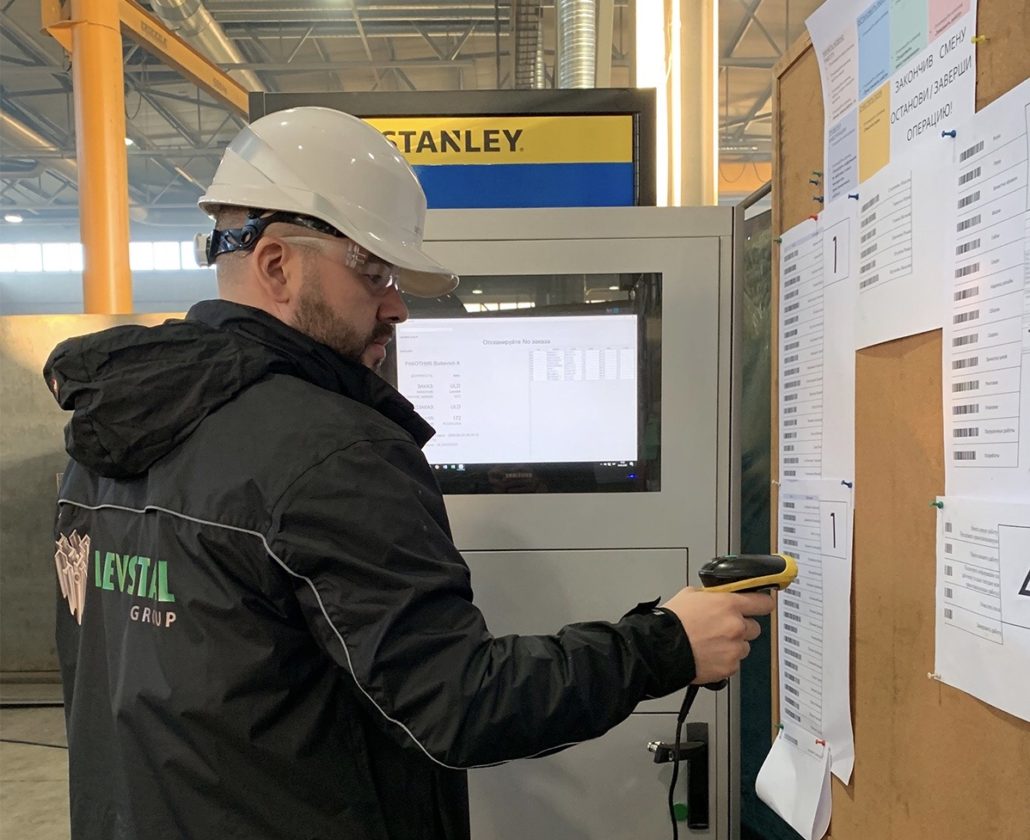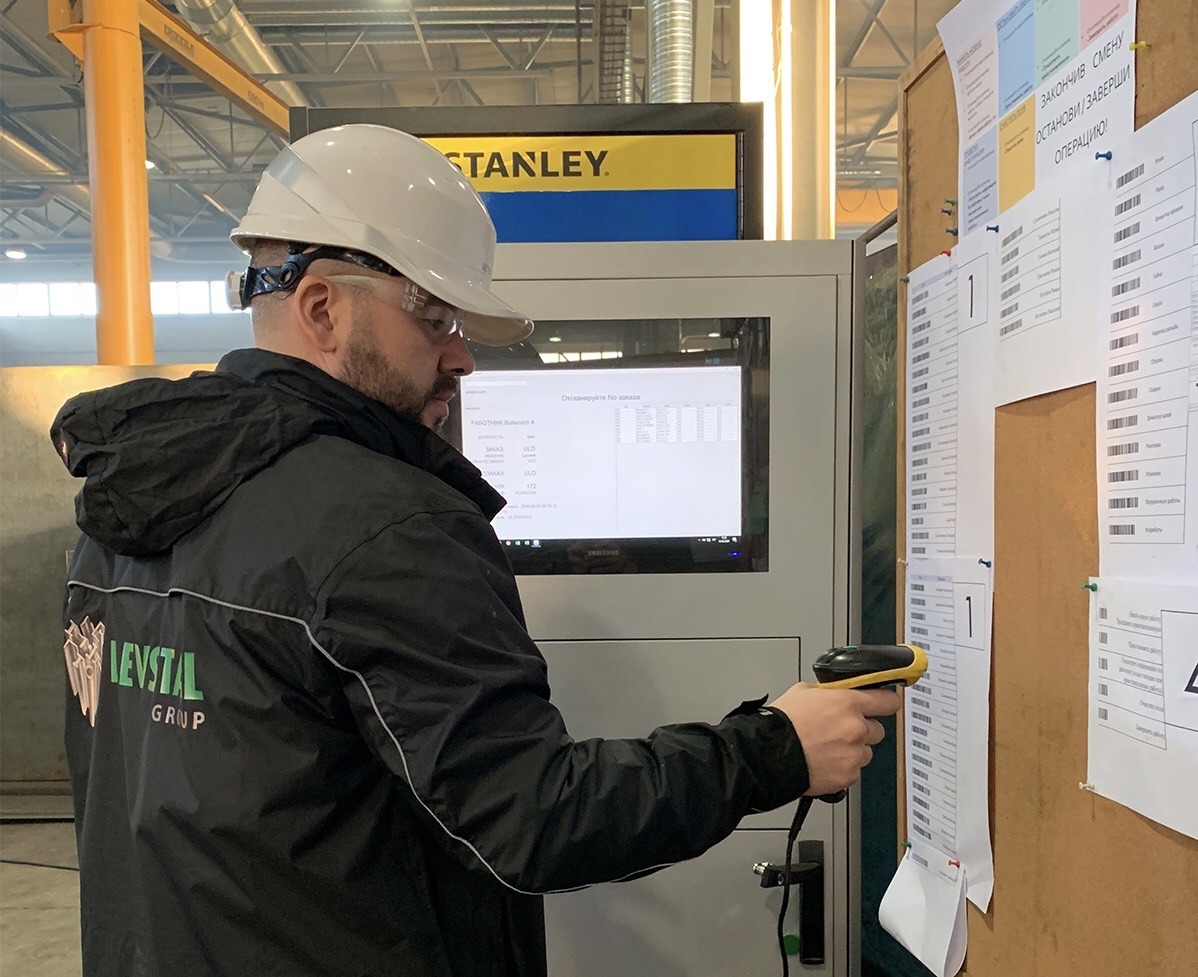In order to become more efficient and improve workflows, Levstal has implemented Kanban at our production. Our project managers can already see its value.
Kanban’s Roots
The word “Kanban” is of Japanese origin and literally translates to signboard” or “visual card”. Kanban system relies on visual cards that hold key information for the system to create, track and deliver these cards. The idea behind kanbans comes from Toyota. In the late 1940s, Toyota introduced “just in time” manufacturing to its production. The approach represents a pull system where production was based on customer demand which meant that shelves never overflowed with excess stock or ran empty.
What is Kanban?
All projects always start and finish with a plan. The success of the projects depends on how the plan was implemented. Without a clearly defined process, project managers end up unable to manage their work efficiently, while teams work overtime to meet impossible demands. It also can tend to product delivery delay by a team.
Kanban methodology solves these problems by shifting teams away from the productivity and quality-control problems that come with multitasking to maintain the workflow focused throughout.
Kanban is a visual method for controlling production as part of Just in Time and Lean Manufacturing. As part of a pull system, it controls what is produced, in what quantity, and when. Its purpose is to ensure that you only produce what the customer is asking for and nothing more. It is a system of signals that is used through the value stream to pull product from customer demand back to raw materials.
Benefits of Kanban
We have already noticed some advantages to using the Kanban system:
- Keep everything visible to everyone
- Increases efficiency
- Drives down costs
- Increased productivity
- Increases efficiency
- Reduces obsolete inventory
- Reduction of wasted work / wasted time
- Gives work area personnel more control
- Prevents overproduction
- Provides managers progress reports
- Helps to focus on one thing at a time
- Improves responsiveness to changes in demand
- Improves teamwork











